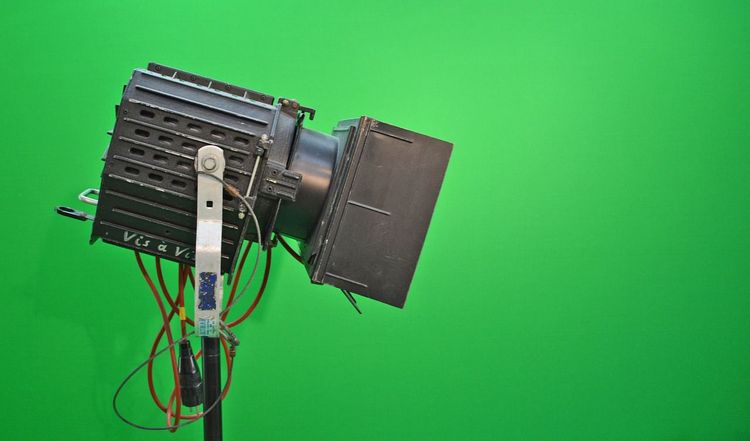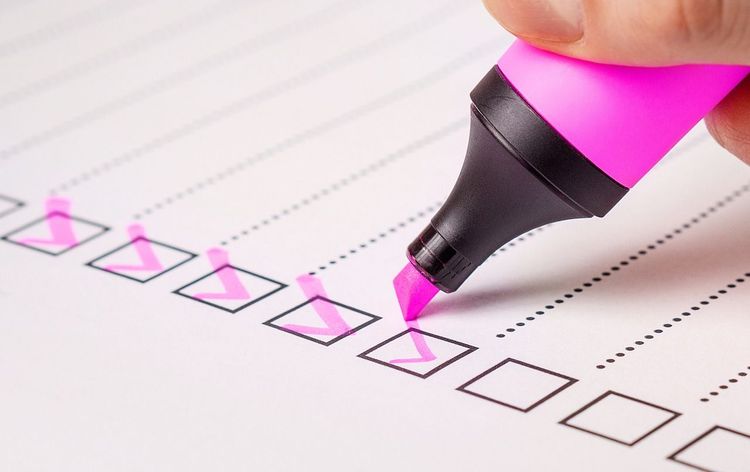### Protecting Artistic Integrity in the Age of AI: The Emergence of Nightshade
Artists now have a groundbreaking tool at their disposal to safeguard their digital creations from being exploited by artificial intelligence. Researchers from the University of Chicago have introduced a novel technique called "Nightshade," a method of data contamination aimed at interfering with the training processes of AI models. Nightshade subtly alters the pixels within digital artworks, providing a unique solution to the increasingly contentious relationship between human creators and AI technologies.
The creativity and financial viability of human artists are at stake. Intellectual property attorney Sheldon Brown highlights the dire implications of AI potentially undermining the economic incentives for artists. "If AI eradicates the financial motivation to produce original art, many careers in the creative sector may become unsustainable," he explains. "This scenario would also pose a challenge for AI developers, as the models rely heavily on fresh, human-generated content. Stagnation is inevitable if artistic creation ceases."
#### The Rise of AI-Generated Imagery
Text-to-image models employing advanced diffusion techniques have gained popularity over the past year, impacting various industries such as advertising, fashion, and web development. However, this rapid proliferation has raised significant concerns among artists, many of whom argue that generative AI systems have exploited their work without appropriate credit or compensation. Legal actions have been initiated against big players in the field, including Stability AI and Midjourney, signaling a growing discontent within the artistic community.
#### Nightshade: A Strategic Response
Nightshade serves as a potential remedy to these challenges, leveraging an intrinsic vulnerability within AI systems. This technique involves making minute adjustments to the pixels in digital images—alterations that remain invisible to the naked eye. These modifications affect not only the visual content but also any related text or captions, which are vital for the AI's comprehension of the images.
Introducing such altered images into an AI training dataset could lead to significant misinterpretations. For example, the AI might mistakenly identify hats as cakes and handbags as toasters. The ripple effects of these corrupted images can extend to related concepts, leading to confusion even in seemingly tangential subjects. An AI that encounters a compromised image associated with "fantasy art" might subsequently misidentify iconic elements like "dragons" or "castles."
In rigorous testing, researchers focused on Nightshade's effectiveness against the latest models of Stable Diffusion, as well as a custom-trained AI. They found that when they injected 50 poisoned images of dogs into the training set, the AI began producing bizarre and distorted renditions, including creatures with exaggerated features. As they increased the number of contaminated samples to 300, Stable Diffusion morphed images of dogs into uncanny representations that bore more resemblance to cats.
#### The Future of AI Defense Mechanisms
While Nightshade presents a promising approach, some experts express caution. Mikhail Kazdagli, head of AI at Symmetry Systems, notes that similar methods and techniques have existed within the field of adversarial machine learning for decades. "While Nightshade may represent a significant step toward a production-ready defense against generative AI, it will inevitably give rise to ongoing cycles of defensive and offensive strategies," he posits.
John Bambenek, principal threat hunter at cybersecurity firm Netenrich, echoes this sentiment, characterizing the struggle to protect intellectual property as a continuous "game of whack-a-mole." He adds, "Strategies to curb piracy evolve alongside technologies, as evidenced by movie and media piracy persisting long after the enactment of the Digital Millennium Copyright Act."
To further strengthen protections for artists, the use of pixels and watermarks has proven effective in identifying unauthorized usage of images. Patrick Harr, CEO at SlashNext, emphasizes that companies reliant on licensing revenue, such as Getty Images, are likely to develop technologies that protect artistic rights without resorting to sabotaging the AI training models.
#### Legislative Solutions for Intellectual Property Protection
To truly safeguard artists' work, preventive measures are crucial. Brown advocates for a proactive approach to intellectual property protection, suggesting that the ideal strategy would involve preventing PM from being accessible to AI models in the first place. "Adopting a policy of not publishing artwork online is one way to achieve this," he notes, although he acknowledges its long-term impracticality.
On the legislative front, Brown emphasizes the need for regulations similar to the DMCA, which were established to combat infringement when the internet was in its infancy. Such regulations would provide clearer pathways for enforcing intellectual property rights in the digital landscape.
In a progressive future, Brown envisions a landscape where AI detection tools could autonomously identify infringements by other AI systems, facilitating the submission of removal requests akin to the DMCA's takedown protocols.
As we navigate the complexities of the digital age, innovative solutions like Nightshade offer hope for artists striving to maintain control over their creative expressions amidst the rapidly evolving AI landscape.







